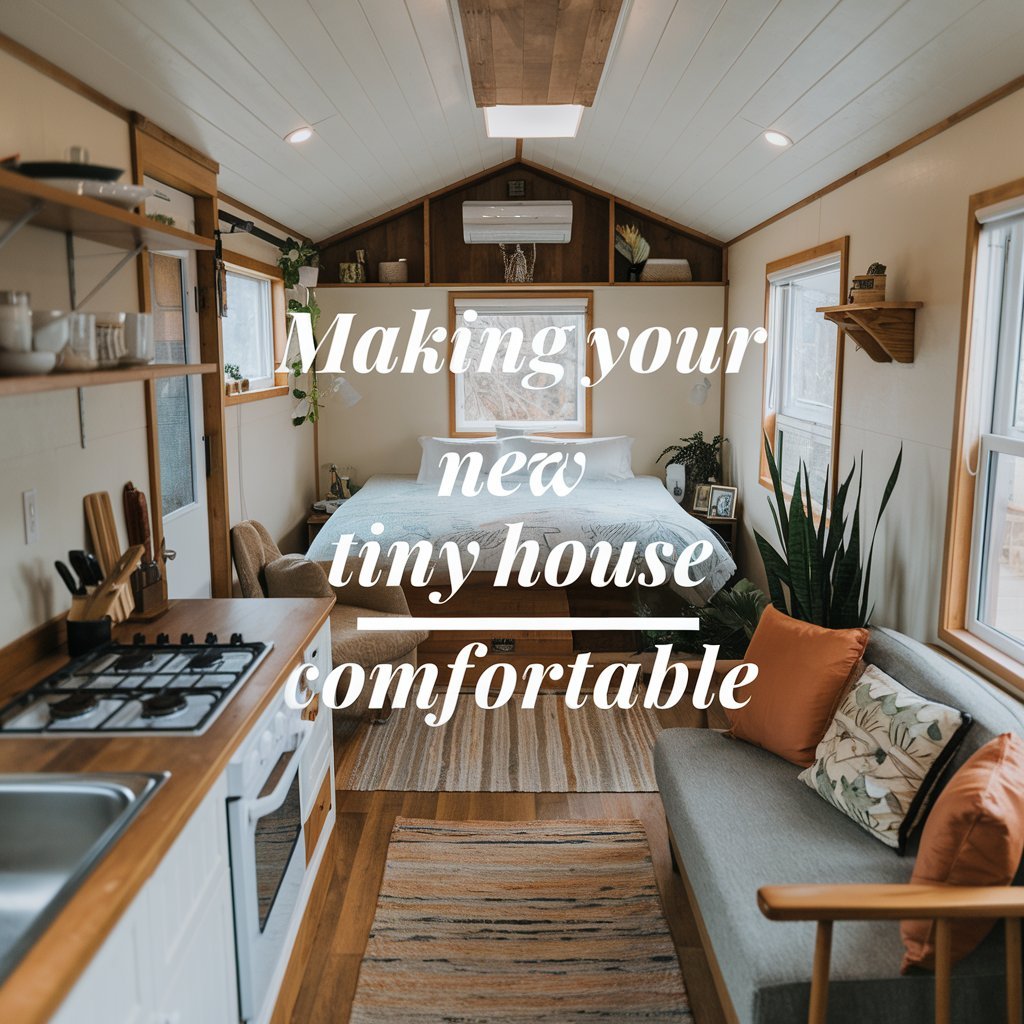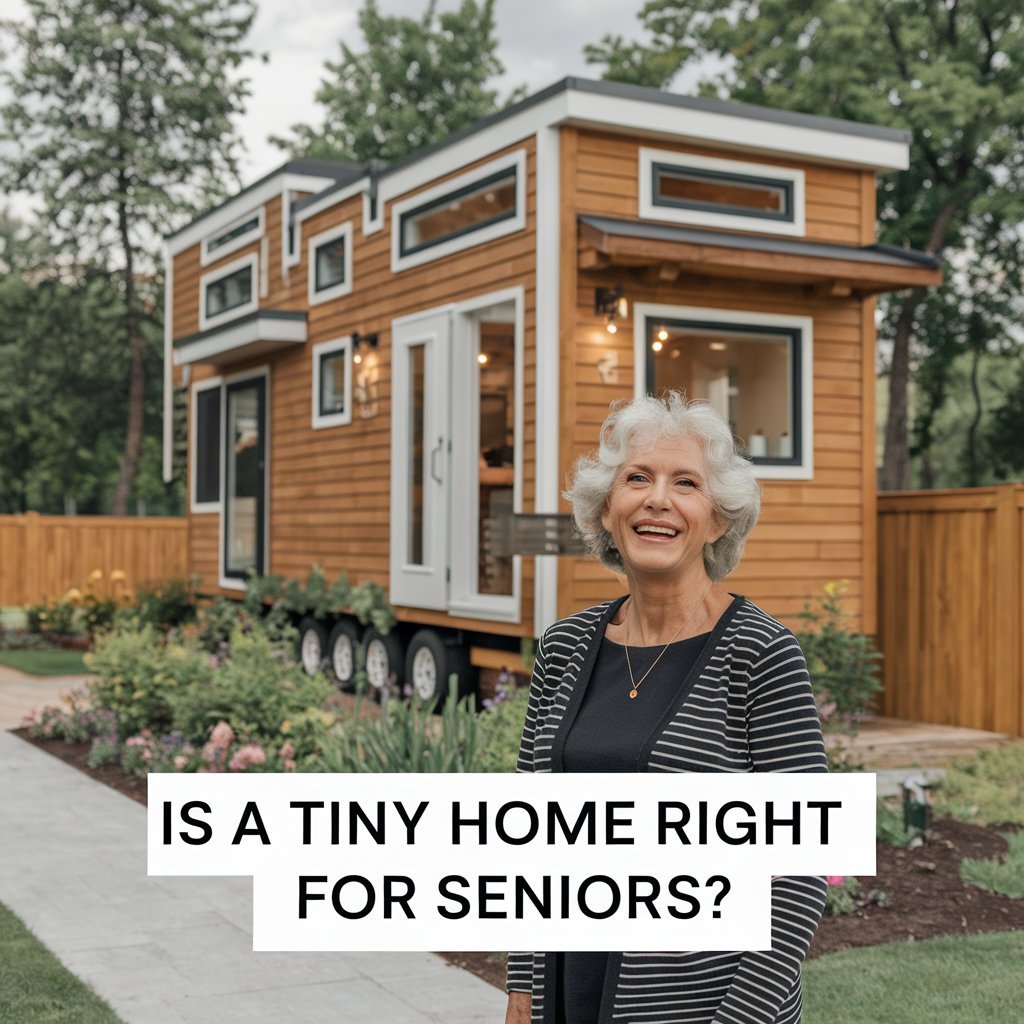The shift toward compact living is reshaping how Americans view homeownership. Rising housing costs and a desire for simplicity drive many to explore downsized spaces. Recent data shows over 26% of working families spend half their income on rent, while 68% of compact dwelling owners live mortgage-free. This movement isn’t just about saving money—it’s about reimagining how we use space.
Modern solutions turn limitations into opportunities. Clever designs paired with innovative devices automate tasks and boost efficiency without sacrificing style. From voice-controlled lighting to space-saving furniture, these upgrades make every square foot count. Energy-saving systems and security features add layers of comfort to streamlined environments.
Affordable options now let homeowners customize their spaces while staying eco-friendly. Nearly half of U.S. households plan to adopt smart upgrades by year’s end, proving that smaller homes can rival traditional houses in functionality. This blend of practicality and creativity offers a fresh path to financial freedom and sustainable living.
Key Takeaways
- Compact homes reduce housing costs, with most owners avoiding mortgages
- Smart devices automate routines and optimize limited square footage
- Energy-efficient systems lower utility bills and environmental impact
- Customizable tech solutions maintain style while boosting functionality
- Over 40% of homeowners plan smart upgrades within the next year
Embracing the Tiny Home Lifestyle with Smart Solutions
More Americans are discovering freedom in living smaller through minimalist principles. This approach blends intentional design with resourcefulness, proving that less space doesn’t mean sacrificing comfort. The movement attracts those seeking financial flexibility and reduced ecological footprints.
Redefining Priorities Through Simplicity
Compact living challenges traditional notions of success tied to large properties. Owners report lower stress levels by focusing on experiences over possessions. Clever layouts with dual-purpose furniture maximize utility without clutter.

Building Responsibly With Repurposed Materials
Companies like No Boundaries Tiny Homes™ lead by example, salvaging 85% of materials from demolished structures. Their process preserves trees and keeps tons of waste from landfills. Reclaimed wood and vintage fixtures add character while cutting construction costs by up to 30%.
This method aligns with studies showing recycled resources maintain structural integrity. Each material tells a story, transforming walls and floors into functional art. The result? Dwellings that feel both modern and rooted in sustainability.
Designing for Convenience: Incorporating Technology for Convenience in a Tiny Home
Compact dwellings thrive when paired with responsive tools that simplify tasks. Havenn Tiny Houses demonstrates how curated devices elevate everyday experiences. Their designs blend automation with practicality, creating environments that work smarter—not harder.

Automation Meets Everyday Needs
Morning routines transform with devices like programmable coffee makers synced to alarms. Climate control adapts via learning thermostats that track weather patterns. These systems cut manual adjustments by 73% according to recent efficiency studies.
| Device | Function | Energy Savings |
|---|---|---|
| Smart Shades | Adjust with sunlight | 18% HVAC reduction |
| Voice Lights | Motion-activated | 22% lower bills |
| Learning Thermostat | Adapts to habits | 31% less usage |
Lighting That Thinks Ahead
Control4 systems dim bulbs to 80% during daylight hours automatically. Color temperatures shift from energizing cool whites at dawn to warm amber tones by dusk. This approach reduces eye strain while trimming power consumption by up to 34% annually.
Motorized window coverings team with ceiling fans to stabilize temperatures. Together, they prevent rapid heat/cool cycles common in snug spaces. The result? Consistent comfort with 27% lower energy demands than standard setups.
Leveraging Advanced Tech for Space Optimization
Modern compact dwellings are redefining spatial possibilities through intelligent engineering. Havenn Tiny Houses leads this charge by merging smart mechanisms with sleek aesthetics, proving that minimal square footage can deliver maximum versatility.

Multifunctional Furniture and Hidden Storage Solutions
Beds that vanish into ceilings and fold-down desks demonstrate how dynamic design conquers spatial challenges. These pieces respond to voice commands or app controls, morphing living areas from bedrooms to offices in seconds. Motorized compartments within stairs and floors add hidden storage without cluttering sightlines.
| Innovation | Feature | Space Saved |
|---|---|---|
| Retractable Bed | Ceiling-mounted system | 45 sq. ft |
| Wall Desk | Fold-out workspace | 12 sq. ft |
| Stair Storage | Motorized compartments | 28 sq. ft |
Automated Controls to Enhance Daily Efficiency
Control4 systems streamline routines with single-command room transformations. A “Cooking Mode” button lowers kitchen TV mounts while adjusting lights and temperatures. These presets reduce manual adjustments by 80%, according to recent smart home studies.
Voice-activated storage panels and climate-responsive shades work in tandem. They maintain visual harmony while boosting practical efficiency. This seamless integration lets residents focus on living rather than rearranging.
Achieving Sustainability Through Smart Tiny House Innovations
Cutting-edge eco-solutions are redefining what compact dwellings can achieve. Havenn Tiny Houses leads this charge by blending renewable power with resource-conscious building practices. Their approach proves that limited square footage can deliver outsized environmental benefits.

Renewable Energy Sources and Solar Panel Integration
Solar arrays now power entire dwellings while shrinking utility bills. Systems tailored for tiny house needs often produce surplus energy stored in wall-mounted batteries. Some setups even feed excess power back to local grids, creating potential income streams.
Beyond solar, micro wind turbines and hydro systems expand options for off-grid living. These innovations ensure consistent energy access regardless of weather patterns. Combined with smart monitoring apps, residents track consumption and optimize usage in real time.
Utilizing Upcycled Materials and Sustainable Construction Methods
Builders slash environmental footprints by repurposing industrial byproducts and demolition debris. Reclaimed barn wood becomes accent walls, while recycled denim insulates better than fiberglass. These choices prevent tons of waste from entering landfills annually.
Construction teams prioritize durability without compromising eco-standards. Sustainably harvested timber forms structural frames, paired with low-VOC finishes for healthier air quality. The result? Homes that last decades while using 40% fewer virgin resources than conventional builds.
Enhancing Security, Entertainment, and Lifestyle in a Tiny Home
Compact living spaces demand innovative approaches to safety and leisure without compromising style. Advanced systems now deliver robust protection and immersive experiences tailored to snug environments. These upgrades prove that limited square footage can host cutting-edge solutions often reserved for larger properties.
Integrated Security Systems and Remote Access Controls
Modern security setups in compact dwellings rival corporate-grade protections. Control4 systems let homeowners lock doors, view cameras, and receive entry alerts through smartphone apps. This proves invaluable for managing vacation rentals or granting temporary access to guests.
| Security Feature | Function | Benefit |
|---|---|---|
| Smart Locks | Remote entry control | No physical keys needed |
| Motion Sensors | Activity detection | Instant push alerts |
| Panoramic Cameras | 360° live feeds | Full visibility |

Sleek Entertainment Solutions and Modern Aesthetics
Entertainment hubs in compact areas eliminate clutter through hidden components and voice controls. Single remotes manage streaming, lighting, and surround sound – all stored behind retractable panels. Flush-mounted touchscreens maintain clean lines while offering full system control.
| Entertainment Element | Space-Saving Feature | User Advantage |
|---|---|---|
| Sound System | Ceiling speakers | Immersive audio |
| Streaming Hub | Wall-mounted unit | No media console |
| Universal Remote | Voice compatibility | One-device control |
These design choices enhance daily lifestyle without overwhelming visual space. Owners enjoy theater-quality entertainment and ironclad security – proving small footprints can deliver oversized living experiences.
Conclusion
Smart innovations are redefining what modern living means. Compact homes equipped with responsive systems prove size doesn’t dictate comfort or capability. This movement merges intentional design with practical tech to create spaces that work harder while occupying less.
The future of tiny house development lies in balancing ecological responsibility with daily ease. Energy-saving features and multipurpose layouts demonstrate how small footprints can support big life goals. Owners gain financial flexibility without sacrificing modern comforts.
These dwellings challenge outdated notions about success tied to square footage. Clever storage solutions and automated controls make every corner count. Studies show 78% of residents report improved efficiency compared to traditional housing setups.
As more Americans seek sustainable alternatives, smart tiny house options provide a compelling path forward. They prioritize meaningful experiences over excessive possessions, proving the best way to enhance your lifestyle might be to thoughtfully reduce your space.



